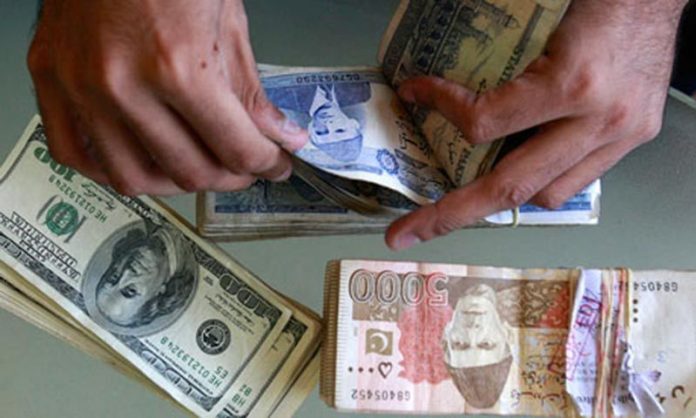KARACHI: The country’s exports have surged by 1.7pc in the first half of the current fiscal year (July-Dec 2018-19) and stood at $11.186 billion as compared to $11 billion in the same period last year. However, it surged by 4pc to $2.06 billion in December 2018 as compared to November 2018.
After a 5.6pc depreciation in the trade deficit, the total deficit stood at $16.940 billion in July-Dec 2018-19, as compared to $17.939 billion in the same period last year.
Prime Minister Imran Khan, ever since taking charge of the government in August last year, has been formulating various strategies to overcome the rising import and current account deficit, which had touched $18.9 billion in 2017-18.
The central bank had received $2 billion from Saudi Arabia in the head of financial assistance, while $1 billion is expected to be received this month. The Saudi government had promised to give $6 billion to Pakistan, including $3 billion oil on deferred payments for the next three years. Meanwhile, the Chinese government and the United Arab Emirates (UAE) had also promised financial support to Pakistan.
Pakistan team, headed by Finance Minister Asad Umar, is also negotiating with the International Monetary Fund (IMF) to get $6-$7 billion.
The State Bank reserves stood at $7.048 billion, which are less than the import bill of two-month. Total reserves of the country stood at $13.597 billion.
The imports of the country have gone down by 2.8pc to $28.126 billion in July-Dec 2018-19 as compared to $28.941 billion in the same period last year. On yearly basis, it decreased by 8pc to $4.493 billion in December 2018, as compared to $4.910 billion in same period last year. On a monthly basis, it increased by 3pc.
The import bills had touched $55.8 billion in 2017-18, which were more than double of the total export inflows of $24.772 billion.




